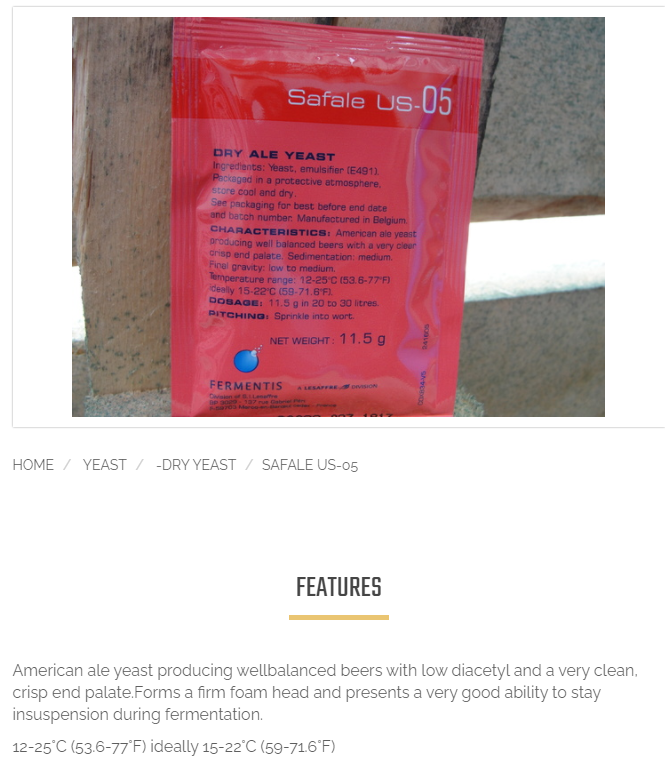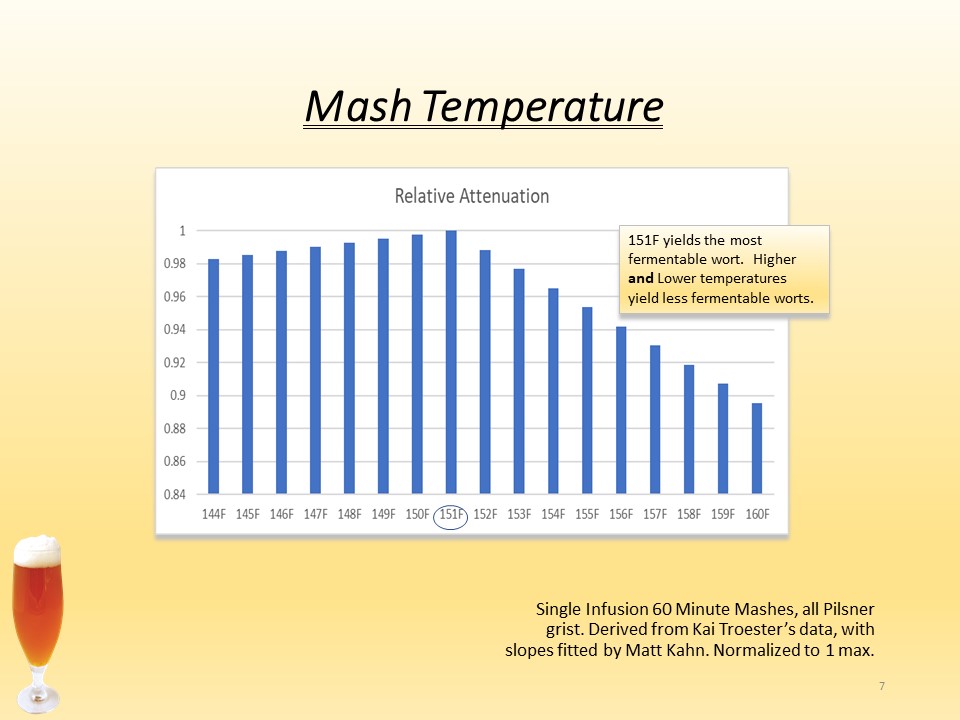Hi there,
This is my second all-grain batch in a row coming in short on my FG after fermentation has slowed. Here is the current recipe:
FG: 1.013
Target ABV: 5%
My FG reading after 1.5 weeks : 1.020 I am using a conical fermenter, I am worried that the yeast may be getting trapped in the trub after a very active fermentation, and gave it a swirl this morning. My friend also said my hydrometer may be off, so I will test calibration after work. My fermentation temps is ~70F. Mash temp was 68C.
Also I am getting a re-occuring off-flavor of chemicals/bleach, I use no-rinse sanstar..
This is my second all-grain batch in a row coming in short on my FG after fermentation has slowed. Here is the current recipe:
- 4.8 kg Pale malt
- 0.23 kg Abbey malt
- 0.23 kg Crystal 15 malt
- 1 oz Willamette for 60 min
- 0.6 oz Willamette for 20 min
- 0.6 oz Willamette for 1 min
- Ferment Safale US-05
FG: 1.013
Target ABV: 5%
My FG reading after 1.5 weeks : 1.020 I am using a conical fermenter, I am worried that the yeast may be getting trapped in the trub after a very active fermentation, and gave it a swirl this morning. My friend also said my hydrometer may be off, so I will test calibration after work. My fermentation temps is ~70F. Mash temp was 68C.
Also I am getting a re-occuring off-flavor of chemicals/bleach, I use no-rinse sanstar..


















































![Craft A Brew - Safale S-04 Dry Yeast - Fermentis - English Ale Dry Yeast - For English and American Ales and Hard Apple Ciders - Ingredients for Home Brewing - Beer Making Supplies - [1 Pack]](https://m.media-amazon.com/images/I/41fVGNh6JfL._SL500_.jpg)











